Even before my first visit to Spain, at the mention of the Basque Country, I, like, probably, many other foreigners, thought first of all of Bilbao. Bilbao is a famous economic center and the owner of such an attractive attraction for tourists as the Guggenheim Museum, and an ordinary tourist who does not go too far into the details of Spanish political geography can easily mistake this beautiful port capital of the Basque province of Biscay for the administrative center of the entire autonomy.
However, the capital of the Basque Country, famous for its gastronomy and strong economy of the region, consisting of three provinces, is Vitoria, a city with almost a thousand years of history, which is also the administrative center of Alava, one of the richest provinces in the country. The presence of financial resources is felt here in everything: even a tourist who visits for one day is given free glossy booklets, offered at ridiculous prices or completely free of charge tours of the old buildings that now belong to the municipality, the facades of the houses in the center are in excellent condition, unlike many other Spanish administrative centers. And the municipality gives away flowers purchased for the festivities dedicated to the patroness of the city Virgen Blanca (August 4-9), for planting in flower beds.
History of the capital of the Basque Country
Vitoria was born on the site of the small settlement of Gasteiz in 1181. The king of Navarre, Sancho IV, apparently not in vain called the Wise, chose a village located on a hill as a place for the construction of a castle-fortress in order to defend against the warlike Castile, with which he managed to break vassal ties later. Then the period of active growth of the city began: the military was replaced by merchants and artisans, life began to boil in the narrow medieval streets, numerous shops opened. In the following centuries, the central area of the city grew rapidly, looking like an almond from a bird's eye view. Today, this architectural ensemble is the main distinguishing feature of the Basque capital. By the end of the 18th century, the city had already gone beyond the walls. The so-called "arquillos", terraced mounds of earth descending from the mountains where the building was built, appeared, allowing the city to expand further into the hilly countryside.
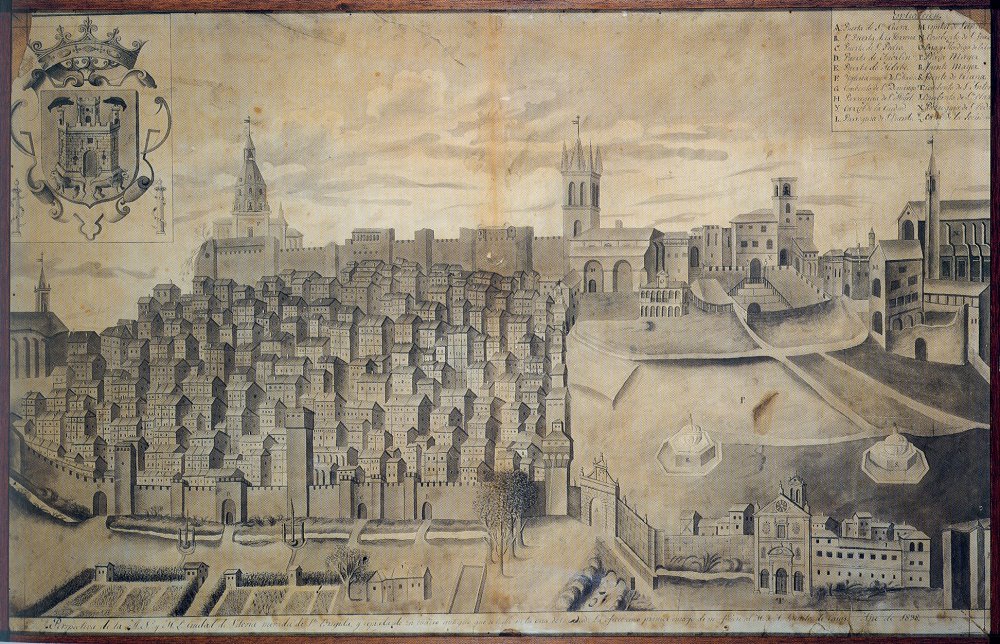
Despite the turbulent military past (here, for example, in 1813 the decisive victorious battle with the troops of Napoleon took place in the War of Independence), in today's Vitoria and its environs a huge number of old houses and temples have been preserved. Economic Basques do not allow their architectural monuments to turn into silent witnesses of antiquity, interesting only to tourists and historians. The cultural component is combined with the commercial one, as a result, the monuments are restored and become available - often in a transformed form - for everyone. For example, the oldest 14th-century building in the Basque Country, Casa del Cordón, houses a fine restaurant, one of the most popular in the city for weddings and other large-scale events. In many surrounding villages (in Lagvardia, in particular), comfortable hotels are equipped in the houses of the 16th-17th centuries. It is hard to believe, looking at the house of some long-dead lord in the village of Argomaniz, literally standing in the middle of an open field, that a hotel equipped with the most modern equipment is hidden behind centuries-old stone walls and ancient window shutters.
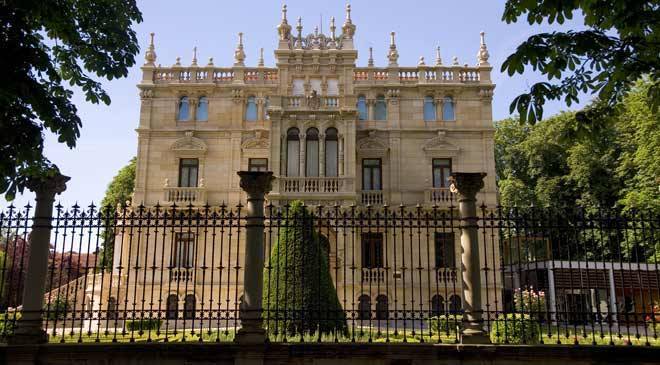
In Vitoria itself, lovers of ancient architecture and just the curious are advised to visit the early 16th-century palaces of Bendanha and Villa Suso. According to the last built on the remains of an ancient city wall, the municipality offers a free tour during which you can see the mysterious grave of a young girl found during archaeological excavations. There are many legends around this strange non-Christian burial place in the city, but the employees of the municipality, who regularly hold events in the palace, apparently are not afraid of ghosts.
Terrorism in the Basque Country
About the terrible: Many people associate the Basque Country, unfortunately, with ETA terrorism, and some of my acquaintances living outside of Spain wondered why we chose this region as a vacation spot: “there are terrorists there.” Often the notorious "fly in the ointment" spoils not only the entire barrel of honey, but also the reputation of the beekeeper far beyond the borders of his country. However, we who live in Spain know that the majority of the people of the Basque Country oppose terror, as evidenced by the recent demonstrations and black-and-white “No ETA” posters on government offices in Vitoria, written in Spanish and Basque.
Basque
The mystery of the origin of the Basque language, or euskera, as the locals call it, still remains unresolved. Various researchers confirm the existence of links between Basque and Iberian, Berber and some Caucasian languages (even with Georgian), but there is no clear and unambiguous opinion about its origins.
What is indisputable is that euskera is one of the oldest Western European languages, even older than the Indo-European ones. In ancient times, Basque was spoken over a vast territory - from the Ebro River to the Garona and from the western Pyrenees to Catalonia, however, with the invasion of Indo-European tribes (Celts, Romans, and others), the size of the territory for using this language was reduced. By the 19th century, the zone of influence of the Basque language had approximately halved. Nevertheless, many Basque place names have survived to our times. Euskera is now spoken in the Basque Country, where it was recognized in 1979 as a second official language along with Spanish, as well as in a small part of Navarre and in the French Northern Basque Country, although the French authorities have not yet recognized it as an official language.
Food in the Basque Country
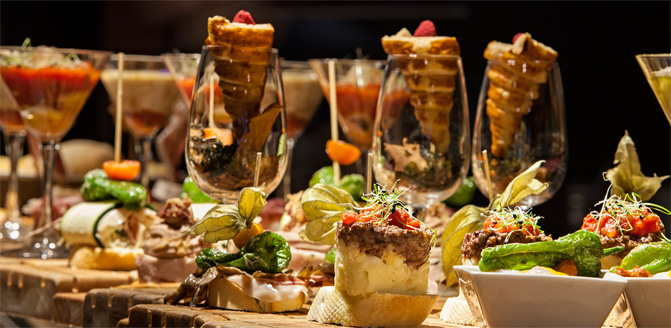
Spaniards, when they mention the Basque Country, usually first of all talk about gastronomy: “se come tan bien!”. The most famous "telechef" of Spain, Argignano, as well as such a master of cuisine as Arzak, are natives of the Basque Country. And who hasn’t heard of the famous Basque “tapas” - small sandwiches with all sorts of things or mini-portions of salads, fish or other hot or cold snacks. In the Basque Country, in almost every bar you will find "tapas", sometimes prepared as works of art. Every self-respecting Basque bar or restaurant annually participates in competitions for the best "tapas" of the year. The awards are proudly displayed in prominent places, such as behind the bar, which is usually made of dark wood. The region has rightly earned the glory of autonomy, where “it is so good to eat”, in the words of the Spaniards themselves (“se come tan bien!”).
What to do in Vitoria
If you happen to visit the capital of the Basque Country, be sure to visit the Mendizorros Sports Complex, even if you are not a big sports fan. The fact is that at a time when there are no sports events inside the complex, a food market will be set up right on the basketball court. Here you can buy the famous Idiazabal sheep cheese at a much lower price than in supermarkets, and most importantly, better quality. The vendors, using the richness of the Spanish language, do not call themselves "productores" but "elaboradores" (both words can be translated as "producers"), thus emphasizing the unique character of their own, often family-owned, cheese production. The secrets of making cheeses are passed down from generation to generation and are carefully kept secret from possible competitors. The author of these terms was entrusted with information only that cheese is usually boiled for 3–4 hours, depending on the amount of milk, stored in special basements for 3–4 months, and beech logs are used for smoking. Cheeses are also sold “for special connoisseurs”, “for an amateur”, which are stored sometimes for up to two years. Indeed, not everyone will like the taste, smell and cost of these cheeses.
Attractions Vitoria
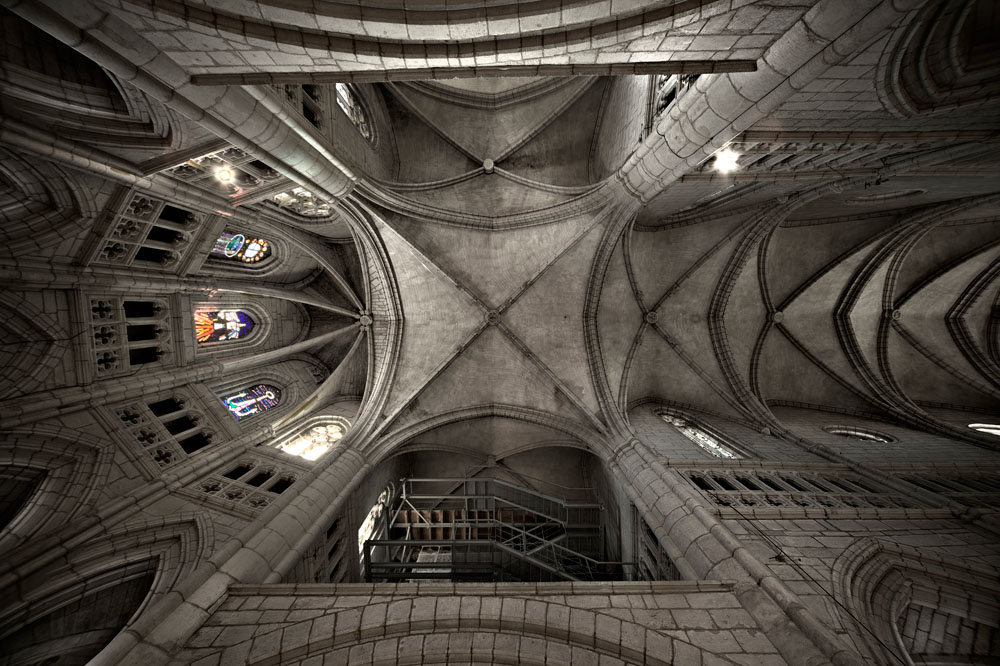
For magical breakfasts, lunches and dinners with tapas and wine, do not forget about cultural values! Victoria is one of the few Spanish cities that has two cathedrals. In the old (XIII-XIV century) Cathedral of Santa Maria, restoration work has been underway for several years. The European Union awarded the restoration project with the Europa Nostra, the largest financial contribution by the EU to Spanish cultural heritage to date.
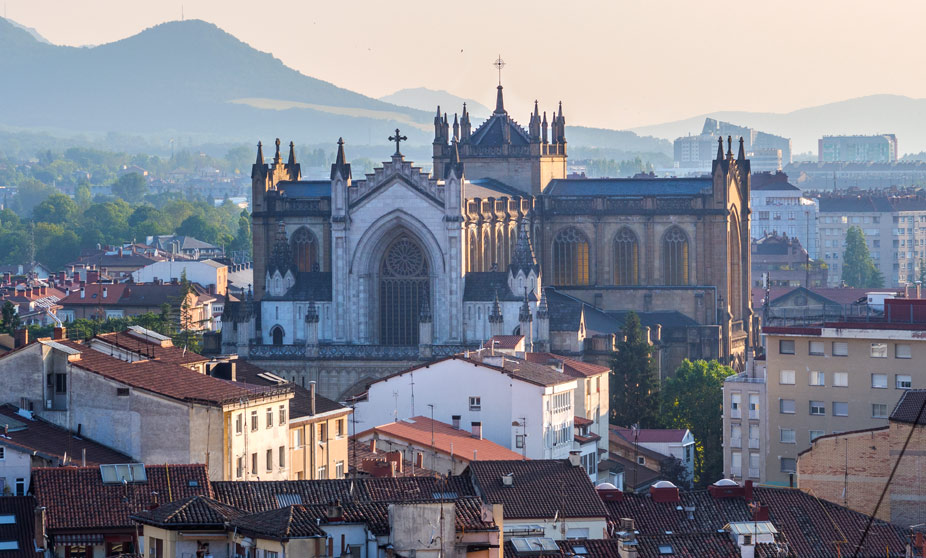
The New Cathedral of the Blessed Virgin Mary (1907–1973) is a modern religious building. Inside is a museum of religious art. All year round in the cathedral you can see the famous Neapolitan belen (a traditional Christmas miniature sculptural composition in Catholic countries), donated to the city by one of the patrons and consisting of 58 figures.
Pay attention to other places of worship in the Basque capital, as well as to the numerous parks surrounding the city. Believe me, Vitoria has many more interesting surprises and routes in store!
Spanish Chronicles
